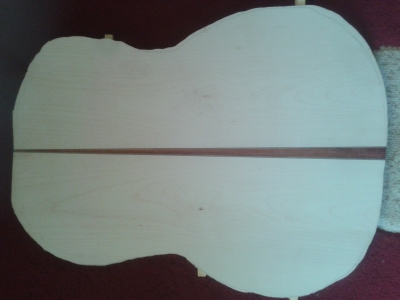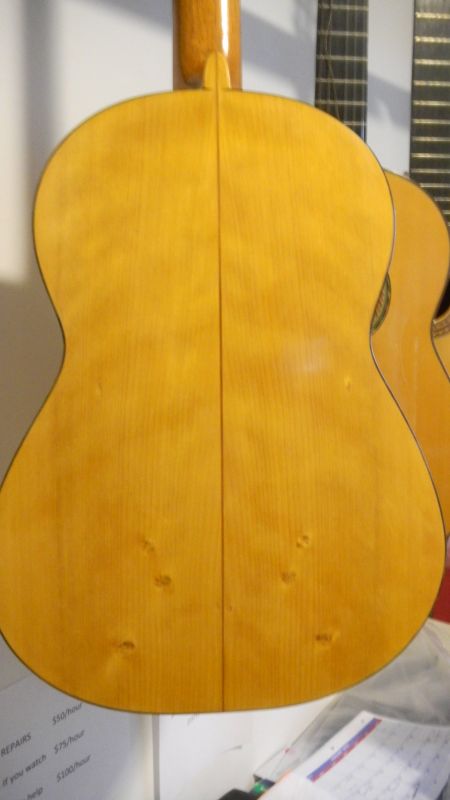|
Andy Culpepper -> RE: How to determine the right thickness for the back? (Sep. 19 2015 0:27:58)
|
Ahmed, considering your situation I would try to find some high quality, locally sourced (alternative) woods for your guitar making. I honestly don't know if that's possible in Egypt but if you do some research and talk to wood workers you might be surprised.
Finding high quality wood (quartersawn, resonant, well dried/aged) is much more important than the type of wood you use, and a number of "alternative" species fit the bill just fine. If you source your materials locally they can often be cheap, even free.
Right now I'm building a guitar out of all North American woods: Cherry back and sides, Walnut neck, Hickory fingerboard, Englemann top and I've come to the realization that "tonewood" (e.g. you can only use Cypress and Rosewood) is a myth.
|
|
|
|


